A suspended ceiling (Figure 1) has one major drawback. It is not designed to support the weight of lights, fans and/or ventilators. The grid metal work that holds the ceiling panels in place, is designed just for that, holding ceiling panels, and ceiling panels are very light.
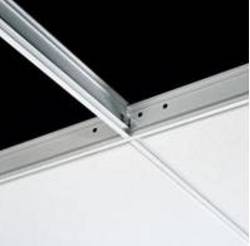
Figure 1 - Suspended ceiling - metal grid
Probably the most common lighting used in suspended ceilings is fluorescent lights. Fluorescent light fixtures that are used in grid supported suspended ceilings are termed lay-in
or recessed
fixtures as they are specifically designed to sit in a 2' × 2' or 2' × 4' grid opening.
Although they fit right in the opening of one of the standard sized suspended ceiling tiles, they must be attached to the same supporting structure that holds the suspended ceiling in place. Most of the lay-in fluorescent light fixtures sold today have metal tabs at the corners or holes in the corners (Figure 2), both of which are designed to accept an S
hook.
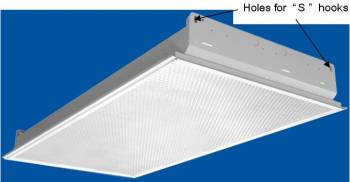
Figure 2 - Lay-in fluorescent light fixture with holes for S
hooks.
It should be noted that many jurisdictions have building codes that specify separate support for light fixtures and other devices mounted in suspended ceilings.
The S
hooks (Figure 3) are then connected to a chain (Figure 5) or wire rope (Figure 6), which in turn is fastened to the main house structure, floor joists or roof rafters. The use of turnbuckles (Figure 4) to tighten the chain or wire rope will make installation easier, but is generally not a requirement. Tighten the turnbuckle so that the chain is taught and actually supporting the weight of the fluorescent light fixture.
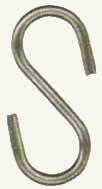
Figure 3 - S
hook

Figure 4 - Turnbuckle

Figure 5 - Chain
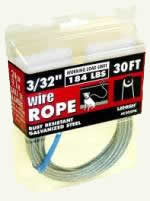
Figure 6 - Wire rope
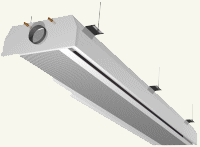
Figure 7 - Suspended ceiling ventilator with support wires
Ventilators must be supported by the main house structure in a similar manner to fluorescent light fixtures. The exact method of support is somewhat different, depending on the manufacturer of the ventilator. Figure 7 shows a typical ventilator and the main structure supports at the sides of the fixture.
In your room design, that utilizes a suspended ceiling, you may not want to use lay-in or recessed light fixtures or ventilators and would prefer to use a standard light fixture or surface mount ventilator.
The ceiling tiles themselves and the grid work that supports them, cannot support the weight of a light fixture, ventilator or other device and because of this manufacturers have developed mechanisms to support these types of loads.
Figure 8 shows a support mechanism designed for suspended ceilings. This mechanism can be used to support any ceiling mount device including light fixtures, fans, and ventilators. The mechanism prevents the ceiling tile from sagging due to the weight of the device as the ceiling tile does not take any load at all. The primary support for the device is taken by the chain, connected to the turnbuckle. The chain is firmly attached to roof rafters or floor joists.
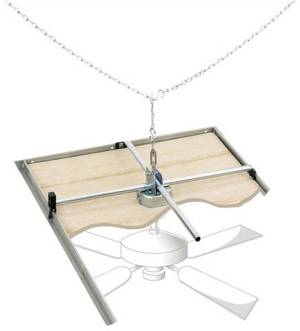
Figure 8 - Suspended ceiling support for surface mounted fans, light fixtures and other devices
Section 1
Section 2
Section 3
